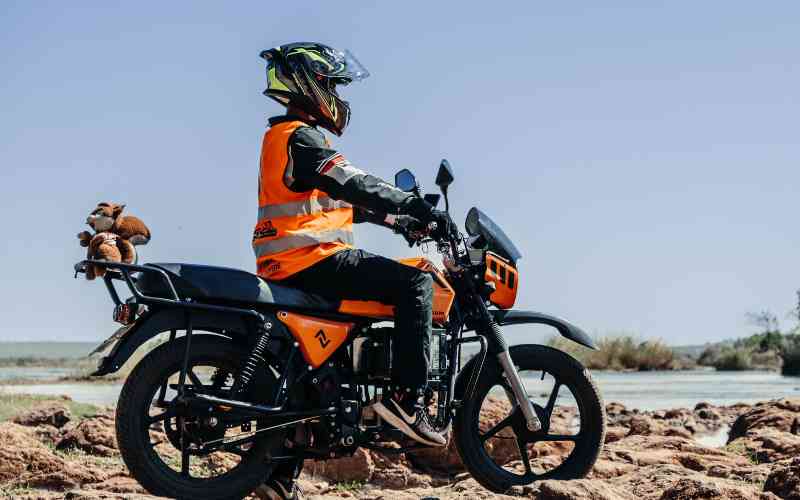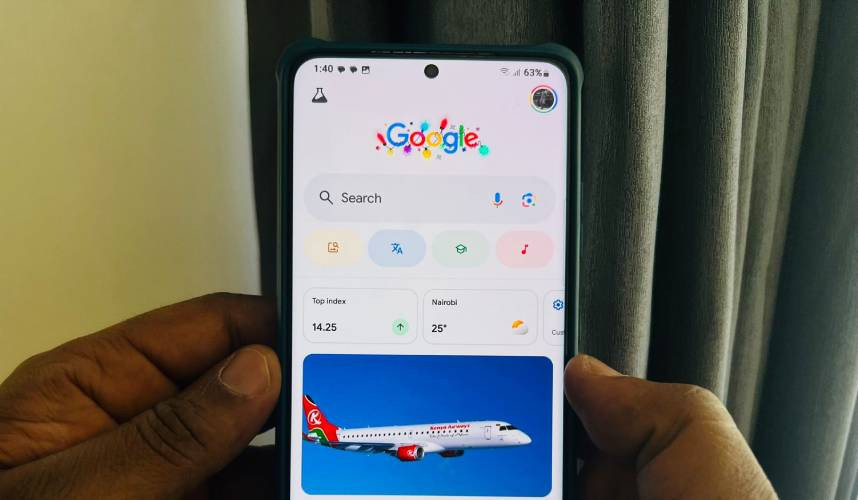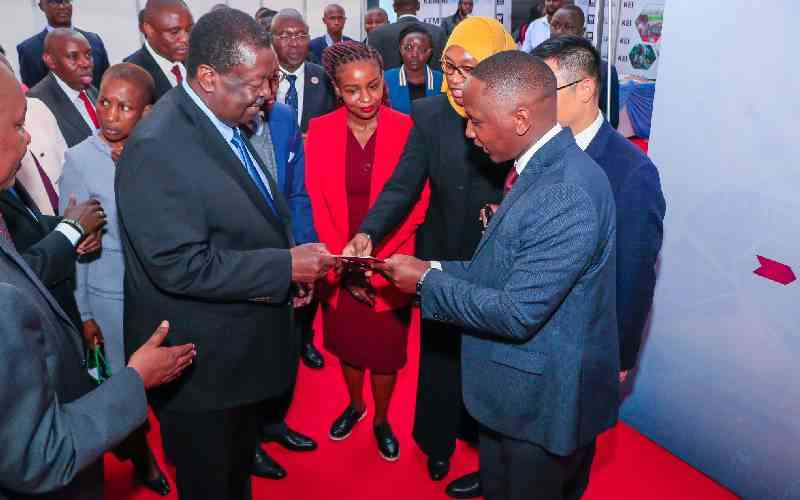
Just how far can an electric motorcycle travel under full battery charge? Well, while studies show that most batteries will give you a ride of up to 80 kilometres.
A new pilot demonstration conducted by Kenyan e-mobility company Roam shows relying on on-the-move solar charging can take you wherever you want, given that there is constant sunshine.
In the pilot demonstration of electric motorcycle endurance, Roam Air, the electric motorcycle assembled by the company completed a 6,000-kilometre journey across sub-Saharan Africa, setting new benchmarks for battery longevity in challenging conditions.
The motorcycle travelled from Nairobi to Stellenbosch, South Africa, over 18 days, relying entirely on solar power for recharging.
The expedition put the motorcycle's dual battery system to the test, navigating through five countries and diverse terrains.
"This journey is not just about distance, but about proving the resilience and adaptability of electric vehicle batteries," said Thinus Booysen, a professor of engineering at Stellenbosch University, which partnered in the expedition.
The motorcycle's performance in extreme conditions — from scorching heat to unexpected rainstorms — provided valuable data on battery behaviour and longevity.
On the final day, the Roam Air covered 1,000 kilometres in under 18 hours, pushing the limits of its charge capacity.
When riding a petrol-powered motorcycle, it will cost you 4.5 litres of petrol per 100 kilometres. That means for 1,000 kilometres, you’ll need 45 litres.
At current fuel prices in Kenya (Sh180.68), that totals Sh8,130, and for the entire journey of 6,000 kilometres, it comes to Sh48,783. If you’re to travel back, then you’ll need to double the amount, well over Sh97,000.
A key milestone was achieved when the motorcycle travelled 113 kilometres on a single battery charge, a significant feat given the challenging African terrain and limited charging infrastructure.
This achievement highlights the potential for electric vehicles to overcome range anxiety, a major concern for potential adopters.
"This journey is a historic milestone for Roam Air and for African innovation," said Masa Kituyi, Roam’s Product Owner and one of the riders.
"We received incredible support from local communities along the way, who are excited about the possibilities of electric mobility made in Africa,” Kituyi added.
The expedition's reliance on solar power for recharging also demonstrated the viability of renewable energy sources for electric vehicles. This could have far-reaching implications for regions with unreliable power grids, offering a sustainable solution for transportation needs.
As electric vehicle adoption grows globally, the lessons learned from this journey could inform battery development and charging strategies. The ability to maintain performance over long distances and in varied conditions is crucial for the wider acceptance of electric motorcycles, particularly in developing markets.
The Roam Air will now become part of Stellenbosch University's Electric Mobility Lab, where researchers will continue to study its battery performance and durability. This ongoing research aims to further improve electric vehicle technology, potentially leading to breakthroughs in battery life and efficiency.
While the journey was a testament to the current capabilities of electric motorcycle batteries, it also highlighted areas for improvement. Researchers have noted that factors such as terrain, temperature, and payload significantly impact battery performance, underscoring the need for continued innovation in this field.
As the world grapples with the urgent need to reduce carbon emissions, the success of Roam Air's journey offers a glimpse into a future where long-distance, zero-emission travel could become commonplace, even in the most challenging environments.
 The Standard Group Plc is a multi-media organization with investments in media platforms spanning newspaper print
operations, television, radio broadcasting, digital and online services. The Standard Group is recognized as a
leading multi-media house in Kenya with a key influence in matters of national and international interest.
The Standard Group Plc is a multi-media organization with investments in media platforms spanning newspaper print
operations, television, radio broadcasting, digital and online services. The Standard Group is recognized as a
leading multi-media house in Kenya with a key influence in matters of national and international interest.











